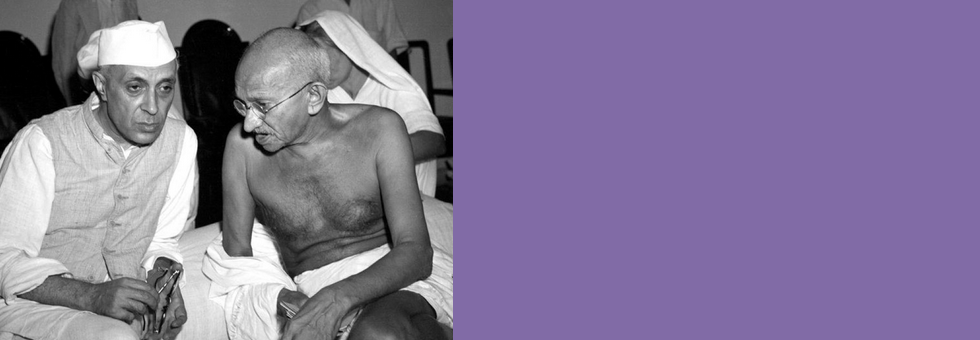Home
Jalebi
Jalebi
Community





